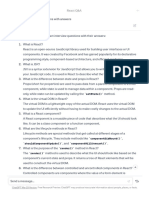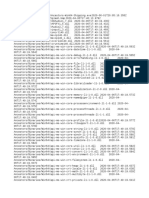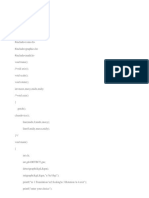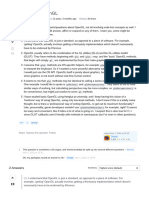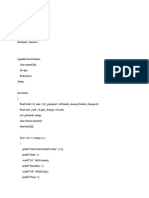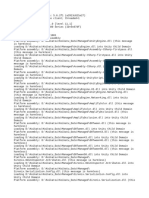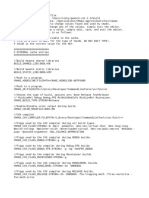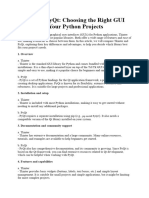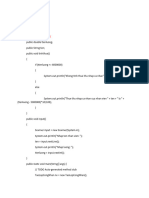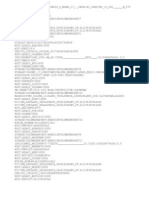0% found this document useful (0 votes)
78 views3 pagesReact Notes For Beginners
React is a JavaScript library developed by Facebook for building efficient user interfaces through features like JSX, Virtual DOM, and reusable components. It allows for one-way data binding and includes hooks for managing state and side effects in function components. The Context API and React Router facilitate state sharing and navigation within applications, while the reconciliation process optimizes DOM updates.
Uploaded by
emmamusk061Copyright
© © All Rights Reserved
We take content rights seriously. If you suspect this is your content, claim it here.
Available Formats
Download as TXT, PDF, TXT or read online on Scribd
0% found this document useful (0 votes)
78 views3 pagesReact Notes For Beginners
React is a JavaScript library developed by Facebook for building efficient user interfaces through features like JSX, Virtual DOM, and reusable components. It allows for one-way data binding and includes hooks for managing state and side effects in function components. The Context API and React Router facilitate state sharing and navigation within applications, while the reconciliation process optimizes DOM updates.
Uploaded by
emmamusk061Copyright
© © All Rights Reserved
We take content rights seriously. If you suspect this is your content, claim it here.
Available Formats
Download as TXT, PDF, TXT or read online on Scribd
/ 3




































